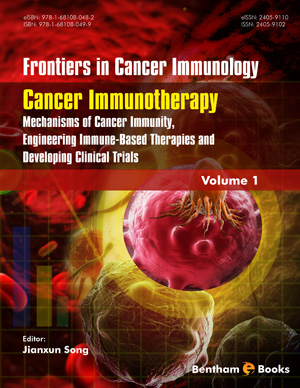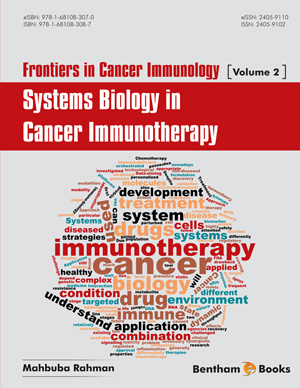Abstract
The 2020 American Society of Clinical Oncology (ASCO) Guideline for
optimum imaging strategies for advanced prostate cancer [1] encompasses patients
with newly diagnosed clinical high risk disease, suspected or confirmed metastatic
disease, recurrent disease or progressive disease while under treatment. It is
recommended that “imaging studies that will not impact or inform treatment decisions
should be minimized.” It is admitted that “studies have generally shown the superior
diagnostic performance of 68Ga-PSMA, 18F-DCFPyL and 18F-PSMA-1007 over other
relevant radiotracers in the clinical settings of intermediate to high-risk primary cancer,
biochemical recurrence after definitive therapy, and delineation of the extent of
metastatic disease and patient eligibility for PSMA-targeted radioligand therapy.” “The
major impact of PSMA-PET imaging on the management of patients with prostate
cancer” is acknowledged. Nevertheless, there will be no ASCO guideline
recommendation for PSMA radionuclide theragnostic diagnosis or therapy until the
perceived “need to define the potential influence on outcome has been satisfied by
additional investigations.”
The immediate challenge for nuclear physicians is to design and execute the
prospective controlled clinical studies in large representative populations of defined
advanced prostate cancer patients. These real-world patients, treated on harmonized
standard protocols, in accordance with European Association of Nuclear Medicine
(EANM) Guidelines, with primary outcomes of overall survival (OS) and quality of life
(QOL), may provide acceptable evidence of efficiency leading to regulatory approval
and eventual reimbursement and oncologist acceptance into routine clinical practice.
How this desirable outcome may be achieved is the subject of this review of 68Ga/18FPSMA
PET imaging and 177Lu/225Ac-PSMA therapy in which the current status of
theragnostics of advanced prostate cancer is explored by reference to scientific
communications published in 2020.
Keywords: 68Ga/18F/177Lu/225Ac-PSMA Efficiency, Advanced Prostate Cancer, Nuclear Oncology, Real World Evidence, Theragnostics.



















